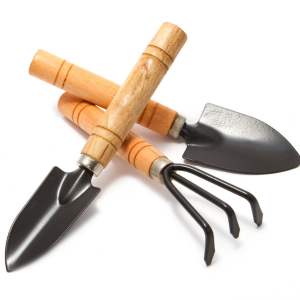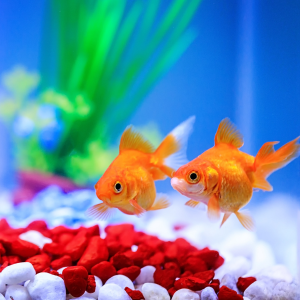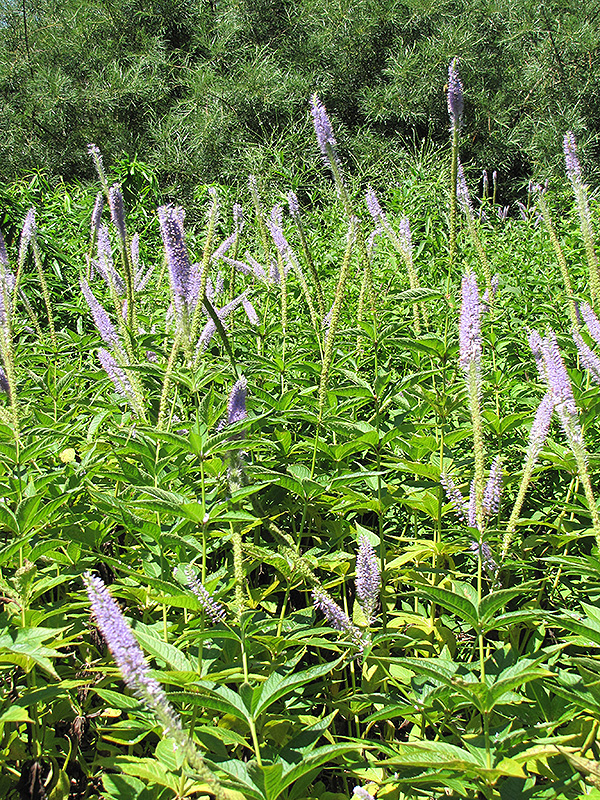Plant Finder
Apollo Culver's Root*
Veronicastrum virginicum 'Apollo'
* This is a "special order" plant - contact store for details
Plant Height: 3 feet
Flower Height: 4 feet
Spacing: 30 inches
Sunlight:
![]()
![]()
Hardiness Zone: 3
Other Names: Culver's Physic
Description:
A very attractive plant as an accent in any garden but more so in butterfly gardens and near watersides, with its whorled leaves and uniquely arranged spikes that resemble a candelabra
Ornamental Features
Apollo Culver's Root features unusual spikes of lilac purple flowers rising above the foliage from early to mid summer. The flowers are excellent for cutting. Its narrow leaves remain dark green in color throughout the season.
Landscape Attributes
Apollo Culver's Root is an herbaceous perennial with a rigidly upright and towering form. Its relatively coarse texture can be used to stand it apart from other garden plants with finer foliage.
This is a relatively low maintenance plant, and is best cleaned up in early spring before it resumes active growth for the season. It is a good choice for attracting butterflies to your yard, but is not particularly attractive to deer who tend to leave it alone in favor of tastier treats. It has no significant negative characteristics.
Apollo Culver's Root is recommended for the following landscape applications;
- Mass Planting
- General Garden Use
Planting & Growing
Apollo Culver's Root will grow to be about 3 feet tall at maturity extending to 4 feet tall with the flowers, with a spread of 3 feet. When grown in masses or used as a bedding plant, individual plants should be spaced approximately 30 inches apart. It tends to be leggy, with a typical clearance of 1 foot from the ground, and should be underplanted with lower-growing perennials. It grows at a medium rate, and under ideal conditions can be expected to live for approximately 10 years. As an herbaceous perennial, this plant will usually die back to the crown each winter, and will regrow from the base each spring. Be careful not to disturb the crown in late winter when it may not be readily seen!
This plant does best in full sun to partial shade. It requires an evenly moist well-drained soil for optimal growth. It is not particular as to soil type or pH. It is somewhat tolerant of urban pollution. This is a selection of a native North American species. It can be propagated by division; however, as a cultivated variety, be aware that it may be subject to certain restrictions or prohibitions on propagation.
* This is a "special order" plant - contact store for details














